Home> Company News> How to use lubricating oil reasonably in agricultural machinery?
- Address4 Pemimpin Drive #03-09, Lip Hing Industrial Building
- Factory AddressSingapore 576147
- WorktimeSeg - Sex (9.00 - 18.00) Sáb (9: 00-12: 00)
- Phone(Working Time)(65) 8257 8518
- Phone(Nonworking Time)(65) 8257 8518
- Fax(65) 6258 7399
Lubricating oils for agricultural machinery include engine oils, gear oils and greases. Reasonable use of lubricating oil, providing good lubrication to agricultural machinery, can reduce wear, improve the performance of machinery, reduce the occurrence of faults, and extend the service life of the machine.
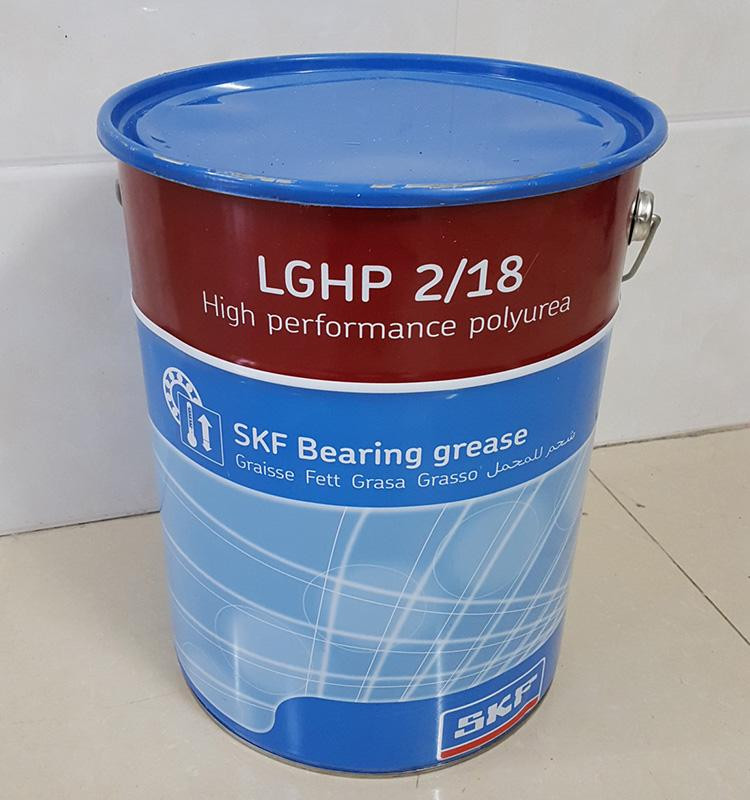
1 Engine oil
The main machines of agricultural machinery are diesel engines and gasoline engines. Diesel engines have the advantages of high thermal efficiency, good fuel economy, reliable operation and good fire safety. Combines, tractors and agricultural trucks are all powered by diesel engines. The gasoline engine is characterized by light weight, low temperature starting performance and smooth operation, and is mostly used in rice transplanters and plant protection machinery. Engine lubricating oil is divided into two types: gasoline engine oil and diesel engine oil.
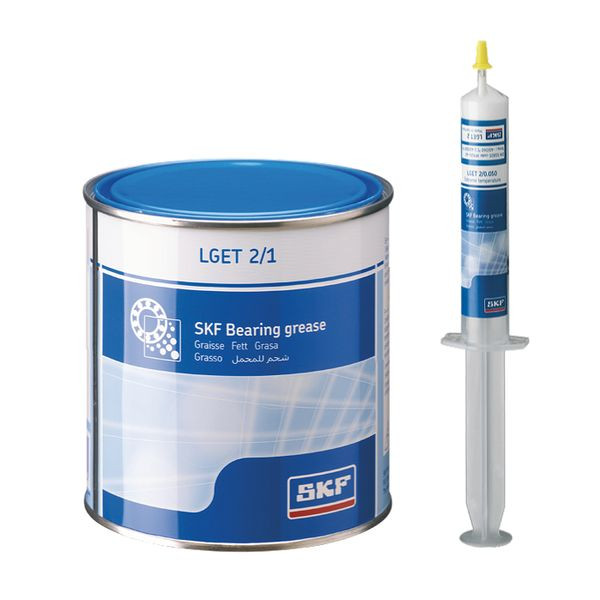
1.1 Engine requirements for lubricating oil
When the engine is working, the relative moving surface of the force transmission member, such as the crankshaft and the main bearing, the piston ring and the cylinder wall must have friction. The friction of the metal surface not only increases the power consumption inside the engine, but also causes the working surface of the part to wear rapidly. The large amount of heat generated by the friction causes the piston to melt. In order to ensure the normal operation of the engine, there must be a good lubrication and cooling system. The lubrication system lubricates the surface of the relatively moving parts, so that the metal surface is separated by an oil film to reduce frictional resistance, reduce power loss, reduce wear and tear, and prolong engine life. Lubricating oil for engine parts is divided into fluid lubrication, boundary lubrication and extreme pressure lubrication.
(1) Fluid lubrication. The two moving solid surfaces are completely separated by the lubricating oil film, and the motion resistance is derived from the internal friction of the lubricating oil. The frictional force is only related to the viscosity of the oil.
(2) Boundary lubrication. As the load increases, the speed of movement of the two objects decreases or the viscosity of the lubricating oil decreases, and the oil film between the friction surfaces becomes thin. When the thickness of the oil film is substantially equal to the height of the solid surface, the local contact between the two solid surfaces occurs, and the friction is increased to cause wear, which is called boundary lubrication.
(3) Extreme pressure lubrication. As the working conditions deteriorate, the degree of rupture of the lubricating oil film increases. Under extreme pressure lubrication conditions, such as the absence of extreme pressure additives in the lubricating oil, it may cause friction surface scratching and frictional sticking.
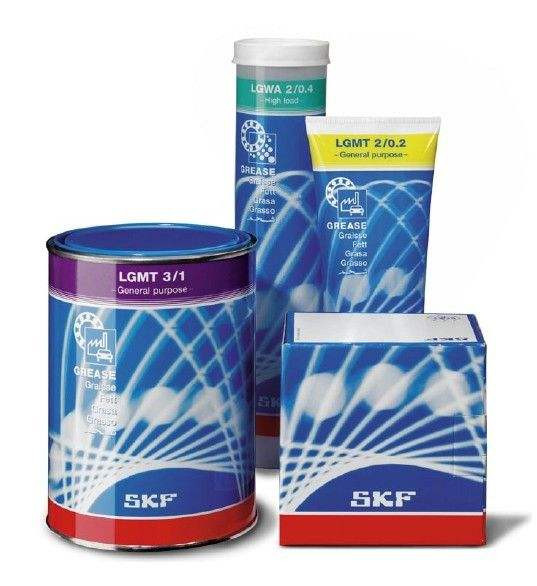
1.2 Application range of engine lubricating oil
(1) Gasoline engine lubricating oil is mainly used in gasoline engines and medium and low speed diesel engines. The single-stage gasoline engine lubricating oil produced in China has four grades of HQ6, HQ8, HQ10 and HQl5 (the number indicates the viscosity of the oil), which is determined according to the season. No. 6 gasoline engine oil is suitable for winter, 8 is suitable for severe winter season, No. 10 is suitable for summer, and No. 15 is suitable for gasoline engine and medium and low speed diesel engine working at high temperature.
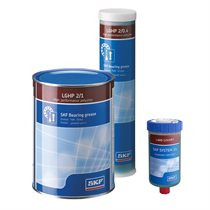
(2) Diesel engine oil is mainly used on high speed diesel engines. The main difference from gasoline engine oil is the addition of multi-effect additives, which have good oxidation resistance. The traditional single-stage diesel engine oil has three grades of HC-8, HC-11 and HC-l4, which should be determined according to the season. No. 8 applies to winter, No. 1 is suitable for summer, and No. 14 is suitable for high-speed diesel engines working at high temperatures. In addition, the diesel engine can also select the oil grade according to the material of the bearing bush. If the diesel engine bush is made of copper alloy, the engine oil of No. 8 or No. 11 is selected for winter and spring, and the engine oil of No. 11 or No. 14 is used for summer and autumn. If the diesel engine bush is a bus alloy, the No. 6 gasoline engine oil is used in winter and spring, and the 10 or 15 gasoline engine oil is used in summer and autumn. In recent years, lubricant manufacturers have produced QC, QD, QE, QF multi-stage diesel engine lubricants in accordance with the world's general standards.
2 Gear oil
Gear oil is divided into general gear oil and hyperbolic gear oil. General gear oils are commonly used for lubrication of automotive, tractor gearboxes and final transmission gears. The performance requirements for gear oil are: good oiliness, good viscosity and temperature, good low temperature fluidity, good thermal oxidation stability, high pressure and abrasion resistance, and good corrosion resistance. Domestic vehicle gear oil is divided into three levels according to the national standard GB7631.7-89, namely CLC, CLD, CLE. CLC (GL-3) is a common vehicle gear oil; CLD (GL-4) is a medium load vehicle gear oil; CLE (GL-5) is a heavy duty vehicle gear shaft.
The mechanical transmission consists of a spur gear and a helical gear with a line contact between the meshing flank, which can form fluid lubrication (under light load conditions) or elastic fluid lubrication (under heavy load conditions). However, the meshing between the meshing tooth surfaces of the transaxle reduction gear is not as easy as that of the transmission gear, and the lateral lubrication of the mesh surface between the hypoid gears is difficult to form a fluid lubrication or elastic fluid lubrication film. Under normal conditions, it is basically in the boundary lubrication state. Therefore, the viscosity of the gear oil plays a major role in the friction of the mechanical transmission, and the friction of the reducer of the spiral bevel gear and the hypoid gear depends mainly on the chemical properties of the gear oil. Therefore, it is preferable to use different gear shafts for the mechanical transmission and the transaxle final drive.
When the gear oil is in use, it is strictly forbidden to add diesel oil to the gear oil for dilution, and do not bake the rear axle and transmission because it affects the winter start, so as to avoid serious deterioration of the gear oil. If this happens, switch to low-viscosity multi-stage gear oil.
3 Grease
3.1 Grease performance characteristics
Grease is commonly known as butter. It has different characteristics from lubricating oil in use, has strong pressure resistance, and adds different additives when used in different parts, so that it forms a firm lubricating film to withstand large pressure; has good cushioning performance, such as tractor steering The grease at the main pin, thrust bearing, hub bearing, drive shaft, etc. acts as a buffer to reduce mechanical vibration; it has good sealing protection against moisture, sand, impurities and corrosive substances. Keep the friction surface clean and free of corrosion; also have good viscosity and temperature, that is, the grease viscosity does not change significantly with temperature; it also has the characteristics of water resistance and not easy to lose.
3.2 The scope of application of grease
More grease is used on the bearings. Grease lubrication of the bearings reduces friction and wear, dissipates heat, and keeps the running parts free of dirt and corrosion. Maintenance-free bearings have been greased during the manufacturing process, such as clutch release bearings. Do not clean the sealed maintenance-free bearings. Do not inject grease into maintenance-free bearings again.
The greases are calcium-based, sodium-based, calcium-sodium-based and lithium-based greases. Agricultural machinery commonly used 2 and 3 calcium-based butter. Tractor's clutch bearings, generator bearings, motor bearings and other parts with higher operating temperatures, commonly used No. 3 sodium-based grease.


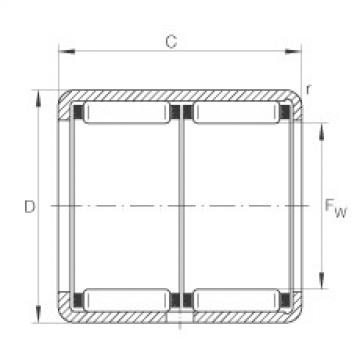 FAG Nadelhülsen - HK2030-ZW
FAG Nadelhülsen - HK2030-ZW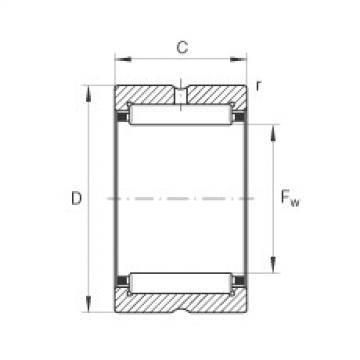 FAG Nadellager - RNA6902-XL
FAG Nadellager - RNA6902-XL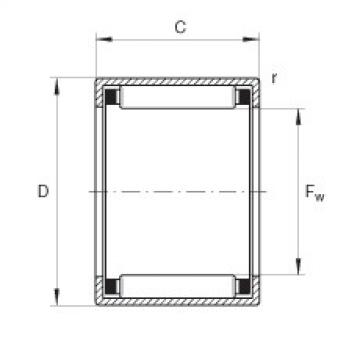 FAG Nadelhülsen - HK2016
FAG Nadelhülsen - HK2016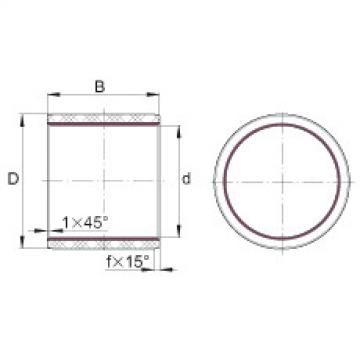 FAG Gleitbuchsen - ZWB202415
FAG Gleitbuchsen - ZWB202415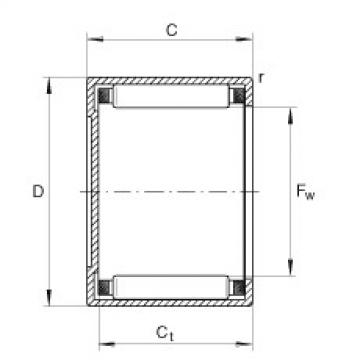 FAG Nadelbüchsen - BK2016
FAG Nadelbüchsen - BK2016